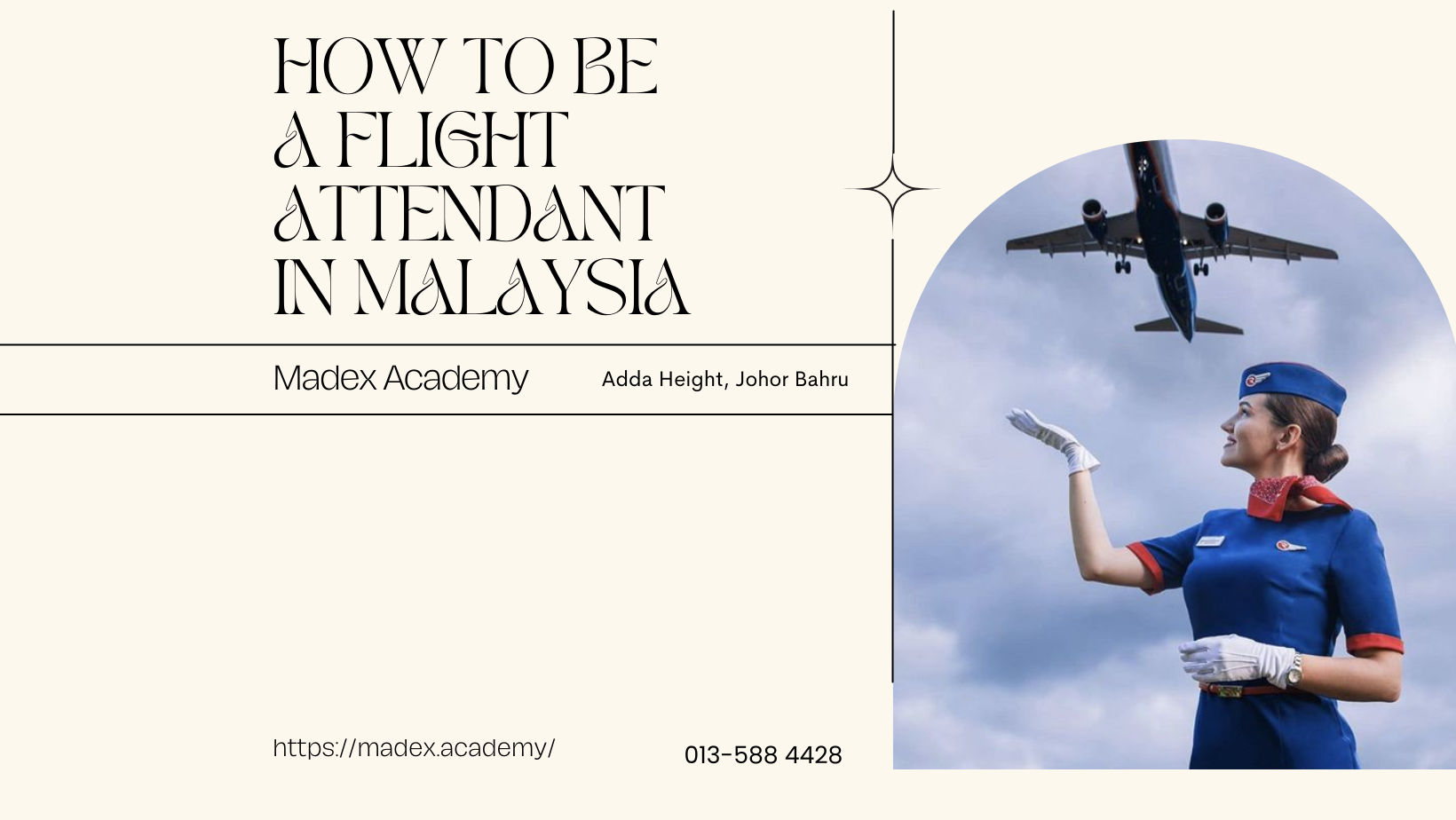Introduction
Flight attendants and stewardesses play critical roles in ensuring the safety and comfort of passengers during flights. While often romanticized in popular culture, these professionals perform essential tasks beyond the glamor and allure associated with their roles. While the terms are often used interchangeably, “flight attendant” is the modern, gender-neutral term that encompasses both men and women in this profession.
Historical Background
The Early Days
The concept of flight attendants began in the early 1930s with the introduction of “stewardesses” by United Airlines. These early pioneers were registered nurses, chosen for their ability to assist with in-flight medical emergencies. The job was seen as an extension of their nurturing roles, combining healthcare with hospitality.
Evolution Over the Decades
Over the decades, the role of flight attendants evolved significantly. The 1960s and 70s marked a period of change with the introduction of jet travel, increasing the need for more flight attendants. The job expanded from mere hospitality to include rigorous safety protocols and emergency procedures. Today, flight attendants are highly trained professionals skilled in both customer service and safety management.
Roles and Responsibilities
Ensuring Passenger Safety
One of the primary roles of a flight attendant is to ensure the safety of all passengers on board. This includes conducting pre-flight safety checks, ensuring that all safety equipment is functional, and demonstrating safety procedures to passengers. During the flight, attendants monitor the cabin for any safety concerns and are trained to handle a variety of emergencies.
Providing Customer Service
Alongside safety, customer service is a crucial aspect of a flight attendant’s duties. This includes welcoming passengers on board, assisting with seating arrangements, serving meals and beverages, and addressing any passenger concerns. A flight attendant’s ability to provide excellent service can significantly enhance the passenger’s flying experience.
Emergency Situations
Flight attendants are trained to handle a wide range of emergencies, from medical incidents to potential security threats. They must remain calm under pressure and follow established protocols to ensure the safety of everyone on board. This includes first aid administration, fire management, and, if necessary, the evacuation of the aircraft.
Training and Qualifications
Educational Requirements
To become a flight attendant, candidates typically need a high school diploma or equivalent. While a college degree is not mandatory, it can be beneficial, especially in fields such as hospitality, communications, or languages. Airlines often prefer candidates with customer service experience and strong interpersonal skills.
Certification and Licensing
Once hired, flight attendants must complete rigorous training programs provided by the airline. This training covers safety procedures, emergency protocols, and customer service skills. Upon successful completion, they receive certification from the Federal Aviation Administration (FAA) or the relevant regulatory body in their country.
Ongoing Training
Flight attendants are required to undergo regular training to keep their skills and knowledge up to date. This includes recurrent training sessions on safety procedures, new aircraft systems, and changes in regulations. Continuous training ensures that flight attendants are always prepared to handle any situation that may arise during a flight.
Work Environment and Conditions
Daily Routine
A flight attendant’s daily routine can vary greatly depending on the airline and the flight schedule. It typically starts with a pre-flight briefing where the crew reviews the flight plan and discusses any specific requirements or concerns. During the flight, attendants perform safety checks, serve passengers, and ensure the cabin remains secure. Post-flight duties include debriefing and preparing for the next flight.
Challenges Faced
The job of a flight attendant is not without its challenges. Long hours, jet lag, and the physical demands of the job can take a toll. Dealing with difficult passengers and handling in-flight emergencies require a calm and composed demeanor. Despite these challenges, many find the job rewarding due to the opportunity to travel and meet people from diverse backgrounds.
Work-Life Balance
Maintaining a work-life balance can be challenging for flight attendants due to irregular hours and frequent travel. However, airlines often provide various benefits such as flexible schedules, layover time in different cities, and travel perks for family members. Effective time management and self-care practices are essential for flight attendants to maintain their well-being.
Career Path and Progression
Entry-Level Positions
Most flight attendants start their careers in entry-level positions with regional or low-cost airlines. These roles provide valuable experience and training, preparing them for opportunities with larger, international airlines. Entry-level flight attendants learn the basics of in-flight service and safety procedures.
Opportunities for Advancement
With experience, flight attendants can advance to senior positions, such as lead flight attendant or purser. These roles come with increased responsibilities, including overseeing the cabin crew and managing in-flight services. Some may also transition to ground-based roles in training, recruitment, or customer service management within the airline industry.
The Modern Flight Attendant
Technological Integration
Modern flight attendants utilize technology to enhance their efficiency and service quality. This includes using tablets for passenger information, managing in-flight sales, and accessing safety manuals. Technology has streamlined many aspects of the job, allowing attendants to focus more on passenger interactions.
Changing Demographics
The demographics of flight attendants have evolved over the years. The profession, once dominated by young women, now includes individuals of all genders, ages, and backgrounds. Airlines are increasingly recognizing the value of diversity in providing a well-rounded service experience to passengers.
Public Perception and Cultural Impact
Media Representation
Flight attendants are often depicted in media, sometimes reinforcing stereotypes but also highlighting the glamour and excitement of the profession. Movies and TV shows have contributed to the public’s fascination with flight attendants, though they may not always portray the full scope of their responsibilities.
Societal Views
Societal views of flight attendants have shifted over time. Once seen primarily as glamorous service providers, they are now recognized for their critical role in ensuring passenger safety. This shift reflects a broader understanding of the professionalism and skills required for the job.
Gender and Diversity in the Profession
Breaking Gender Stereotypes
The flight attendant profession has made significant strides in breaking gender stereotypes. While it was once predominantly female, today, men are increasingly joining the ranks. This shift promotes gender equality and demonstrates that the role is not limited by gender.
Promoting Inclusivity
Airlines are actively working to promote inclusivity within their workforce. This includes recruiting individuals from diverse backgrounds and ensuring a supportive work environment. Inclusivity initiatives enhance the airline’s culture and improve the service provided to passengers from various demographics.
Conclusion
Flight attendants and stewardesses play a vital role in the aviation industry. Their responsibilities extend far beyond serving drinks and snacks; they are trained professionals dedicated to ensuring passenger safety and comfort. As the industry continues to evolve, the role of flight attendants will undoubtedly adapt, but their importance will remain unchanged.
For a comprehensive guide on how to become a flight attendant, including required skills and job descriptions, check out Flight Attendant Job Description.
.







